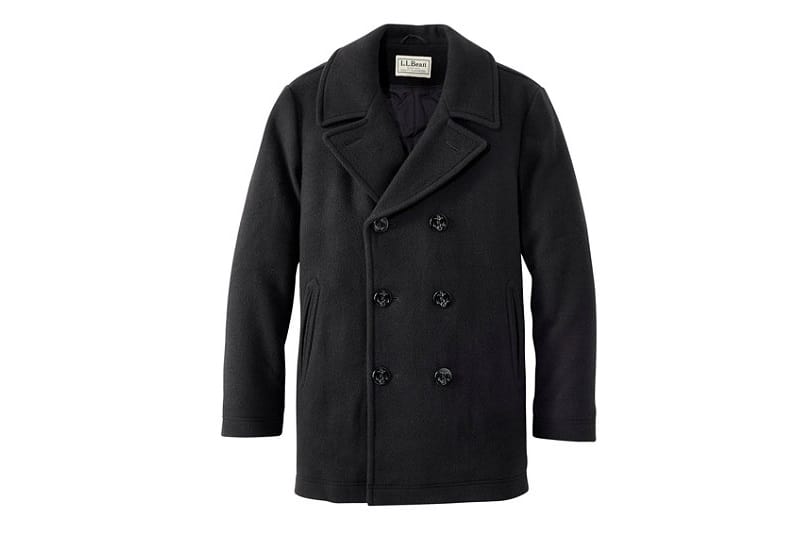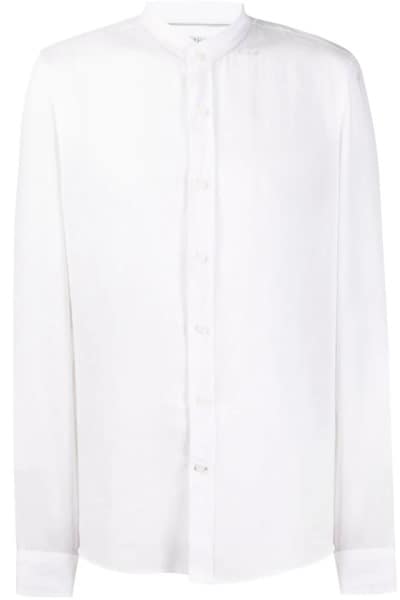Poplin vs. Twill: Everything You Need To Know
In regards to men’s fashion, more formal dress shirts tend to be made from materials such as cotton, wool, silk, or flax. In order to construct these high-quality dress shirts in a manner that is comfortable, durable, and fashionable, the specific way in which the fabric of the shirt is woven is an important key factor.
Two of the more popular dress shirt fabrics are poplin and twill. These fabrics, though quite similar in some ways, have large enough differences between the two of them that make knowing the distinction worth your time. Whether you’re trying to determine which fabric is better suited for a specific event, or you simply need to know which fabric will keep you cooler on a hot day outside, this comprehensive guide will teach you everything you need to know about poplin and twill.
Poplin Fabric

Poplin, which is also sometimes referred to as tabinet, is a delicate and fine yet dense fabric that has a horizontal warp along with a vertical weft. Poplin is most often made from cotton, wool, or silk. It’s known for being quite strong due to the weaving technique and it’s typically given a corded surface due to the fine, horizontal ribs that run across the fabric.
The weaving technique for poplin tends to result in a crisp yet lustrous comfort and feel, making it a great option for men’s dress shirts. In addition, poplin is also used for sportswear, raincoats, and women’s dresses. This crisp and cool material is also quite breathable and lightweight due to its organic nature, meaning you will not overheat or feel trapped as you may in some other fabrics.
Being that poplin uses two different thicknesses for the warp and the weft, the close weave and faint horizontal ribs are what give poplin its beloved look and texture. In regards to its history, poplin can first be traced back to 15th-century France in the city of Avignon. It was originally called papelino, and due to the fact that at that time, the pope had made his home in Avignon, this fabric was intended to honor the pope himself.
























